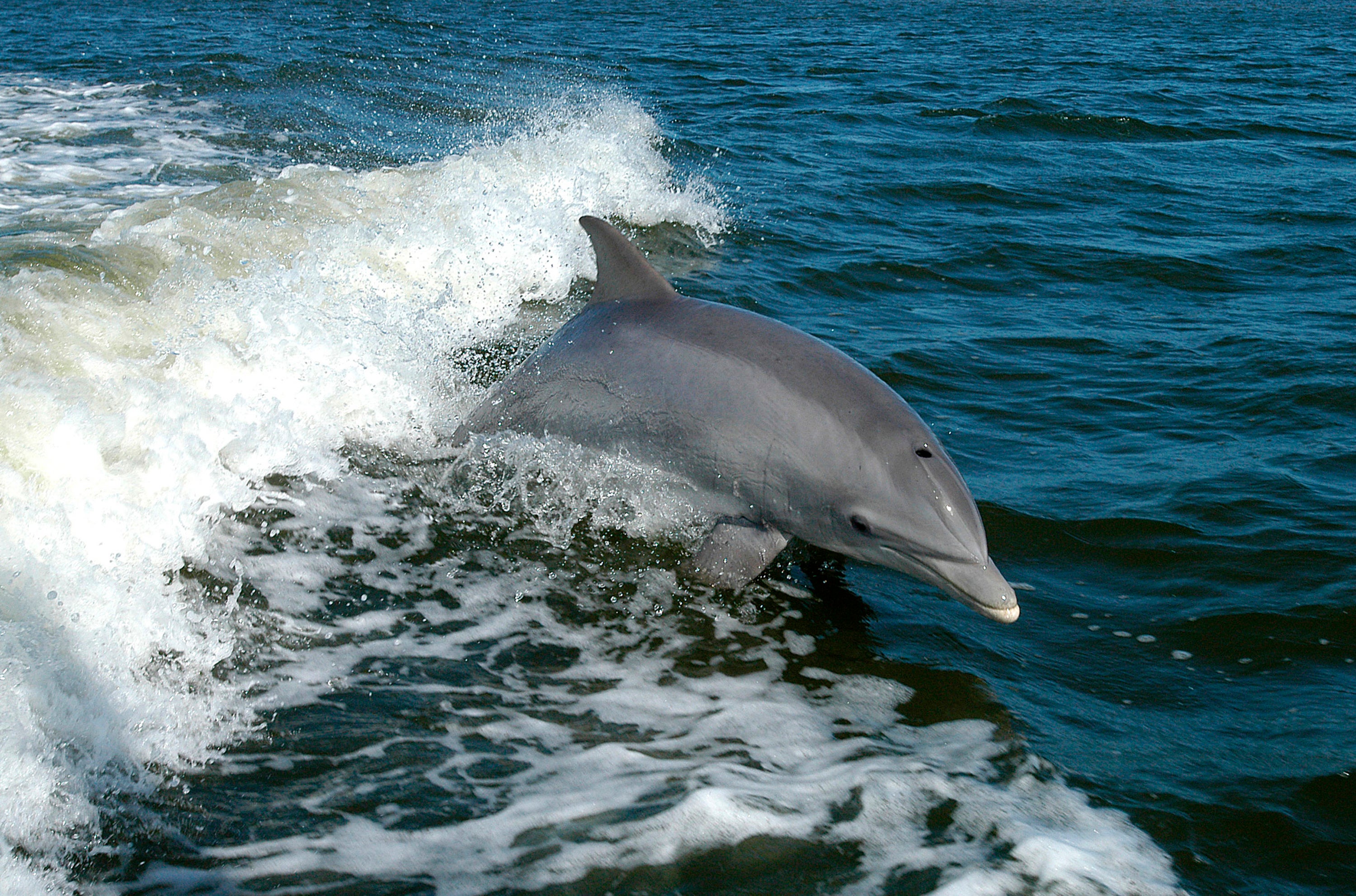The Independent's journalism is supported by our readers. When you purchase through links on our site, we may earn commission.
Scientists working on human-to-dolphin translator report first successful interaction
Underwater computer translated a pre-set whistle into the word 'seaweed!'

Researchers testing a real-life human-to-dolphin translator have reported the first successful use of their technology in the wild, with a bottlenose dolphin pointing out a piece of nearby seaweed to a scientist in the water.
“I was like whoa! We have a match. I was stunned,” Dr Denise Herzing, the director of the Wild Dolphin Project and creator of the device, told the New Scientist.
Known as the Cetacean Hearing and Telemetry device (Chat), the translator uses a pair of hydrophones (underwater microphones) to capture the range of clicks and whistles made by dolphins.
Rather than directly ‘translating’ these vocalisations into human speech, Dr Herzing has been teaching the dolphins a limited vocabulary defined by humans. This helps to simplify the massive range of noises made by dolphins, who produce sounds at frequencies up to 200 kilohertz – roughly 10 times higher than humans can hear.
Dolphins, who are highly social animals capable of tool-use and self-recognition in the mirror, use signature whistles to refer to individuals within a pod and echolocation clicks as sonar, bouncing sounds off their environment as a hunting aid.
Dr Herzing has developed eight “words” that use dolphin-like vocalizations to refer to elements of the animals’ environment such as ‘seaweed’ and ‘bow wave ride’ (when a dolphin rides the wave created by a boat).
In her breakthrough moment with a pod she has studied for the last 25 years a dolphin made the unique whistle associated with ‘sargassum’, a type of seaweed. However, no one can say whether the dolphin was actively pointing out the vegetation, and the word has only been heard once.
Dr Herzing will be collaborating with Thad Starner, an artificial intelligence expert from the Georgia Institute of Technology in Atlanta, to develop Chat, with the pair hoping to eventually begin analysing the sounds made by the dolphins and creating a rough inter-species dictionary.
For more on Dr Herzing's work and the amazing vocalisations the video below:
Join our commenting forum
Join thought-provoking conversations, follow other Independent readers and see their replies
Comments
Bookmark popover
Removed from bookmarks